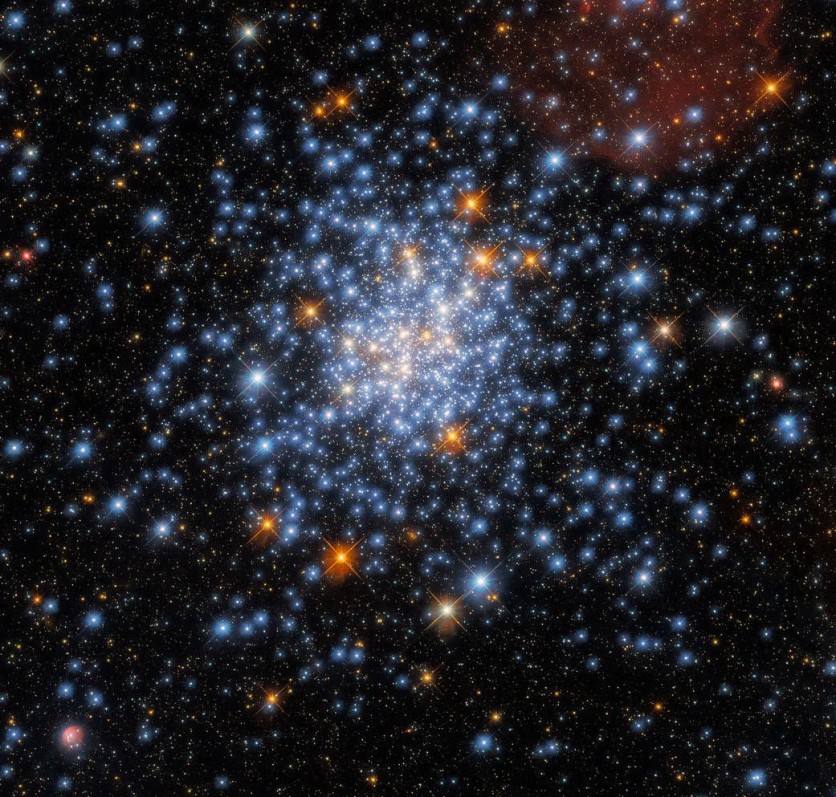
Hubble celebrates Fourth of July despite it having problems with its hardware that even NASA now has to think of using backup hardware to get get things back to normal.
Happy Cosmic Fourth of July!
Independence Day weekend is fast approaching in the United States.
To celebrate this momentous occasion, NASA together with the European Space Agency (ESA) kicks off the event with a one of a kind nightshow, a cosmic one.
Meet NCG 330, a vast star cluster that certainly brightens up anyone's day who can behold such magnificence.
NGC 330 is about 180,000 light-years away from us and is nestled within a dwarf galaxy known as the Small Magellanic Cloud. It is known as one of the closest Milky Way Galaxy's neighbors and despite it being smaller in size, it's millions of stars pales in comparison with our estimated 100 billion.
The image brought to us came from the Hubble, which is a composite snap drawn from the satellite's Wide Field Camera 3 that collected data from "two very different astronomical investigations."
The investigations compared how a cluster of stars evolve from being non-cluster stars, and just how large each type can get before going supernova.
Read More : NASA Hubble Space Telescope Needs Riskier Fix As Safe Mode Issue Could Last Longer Than Expected
What The Images Contain
The stars that you can easily see in the cluster is about the same age and is a by-product of how star clusters are formed. The flare-like patterns that illuminate certain stars, however, is an unnatural occurence but a "gift" from Hubble itself.
A blog post from NASA explained that the crisscross patterns that surround the stars within the amage are known a diffraction spikes.
They are made when starlight interacts with four thin vanes that support the Hubble's secondary mirror.
Hubbles Continues to Worry NASA
The Hubble has been having issues, to say the least. So much so that NASA is preparing to switch to backup hardware just to fix said issues.
The problems started out in June, and then the payload computer (which controls all of the scientific gizmos inside the telescope) went dark.
When that happened, just like a Windows PC, it started going on safe mode. Meaning that the instruments are still all much intact but no longer transmits nor collects data.
NASA has gone through several attempts to fix the said issues to try and look for the root cause.
The main cause said from NASA's recent update is that of the Science Instrument Command and Data Handling. It has several pieces of hardware that can cause the problems within the satellite. NASA says that the next steps are "currently scrutinizing the Command UNit/Science Data Formatter, which sends and formats commands and data."
If the two problems are the cause of all of the satellites issues, then a rudimentary switch to backup hardware might be the solution to get everything worker in order again.
This article is owned by Tech Times
Written by Alec G.
![Apple Watch Series 10 [GPS 42mm]](https://d.techtimes.com/en/full/453899/apple-watch-series-10-gps-42mm.jpg?w=184&h=103&f=9fb3c2ea2db928c663d1d2eadbcb3e52)



